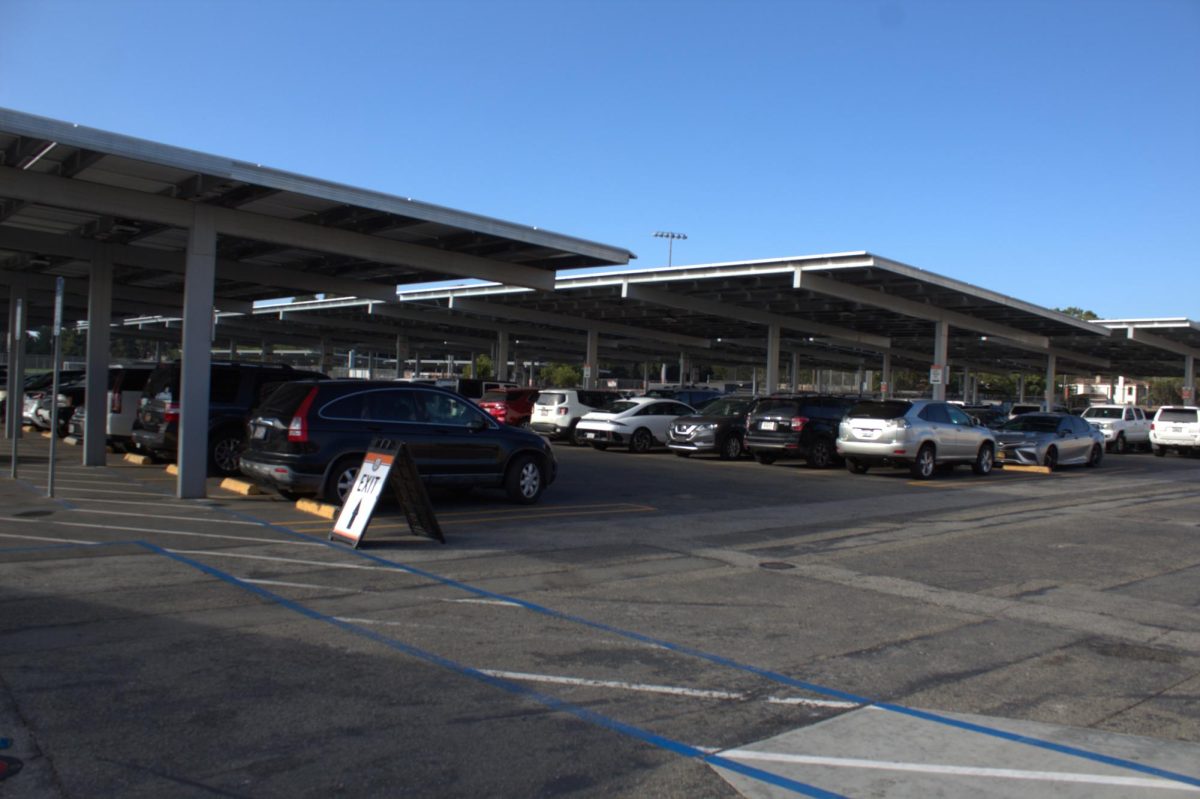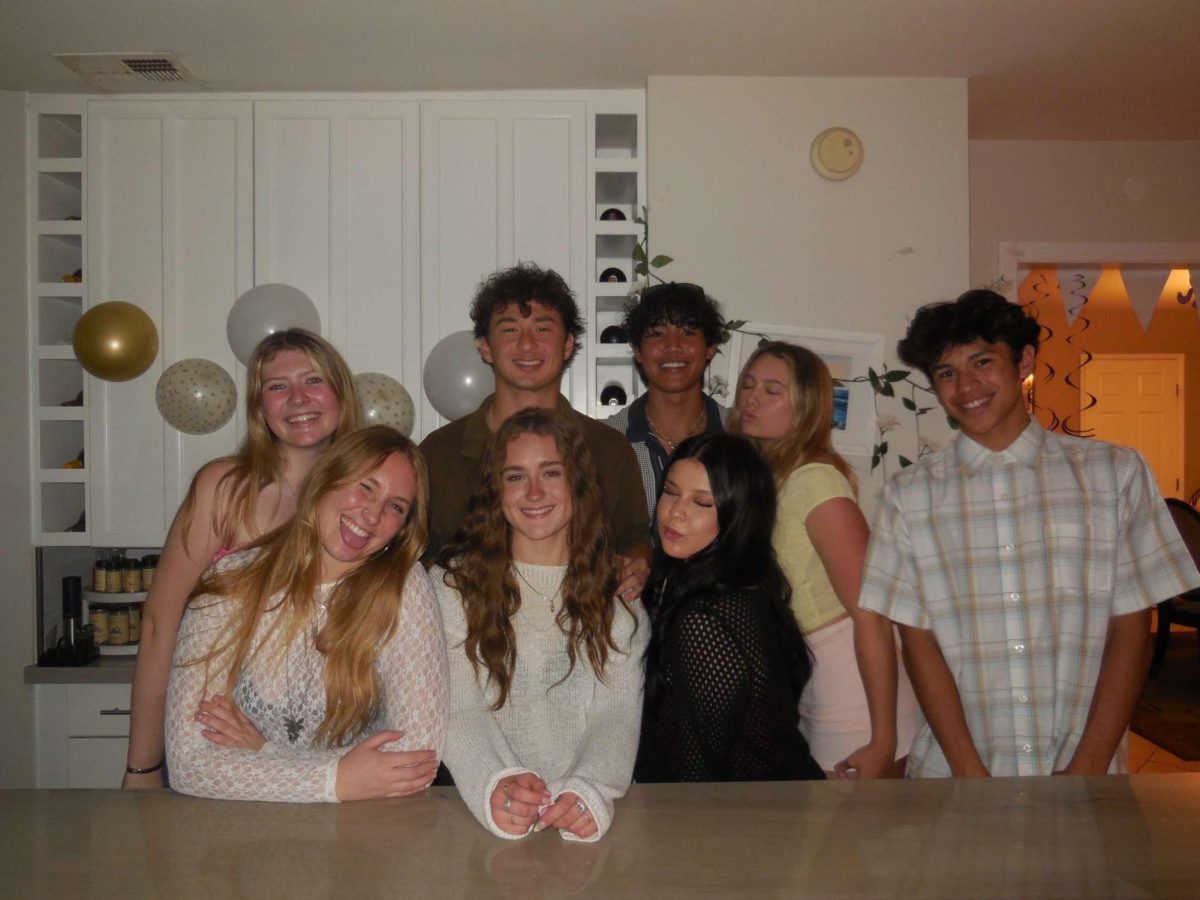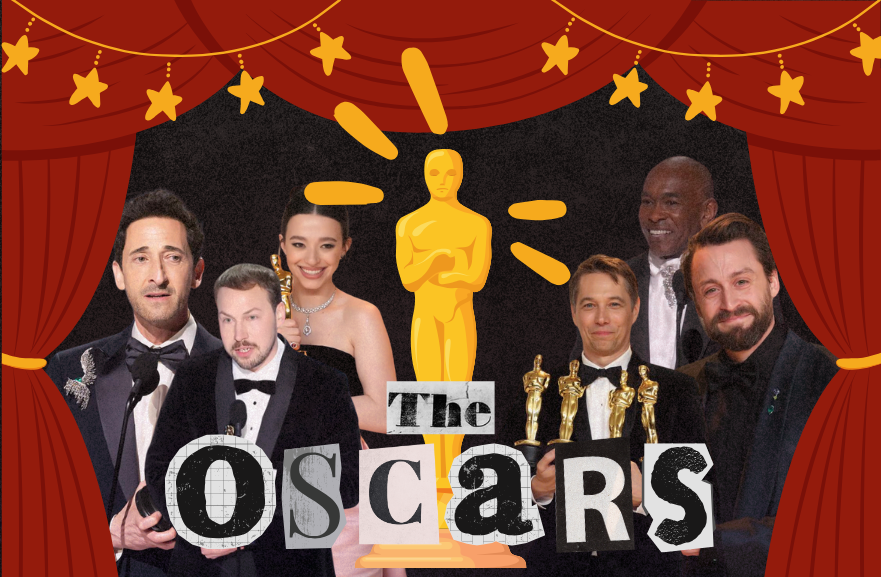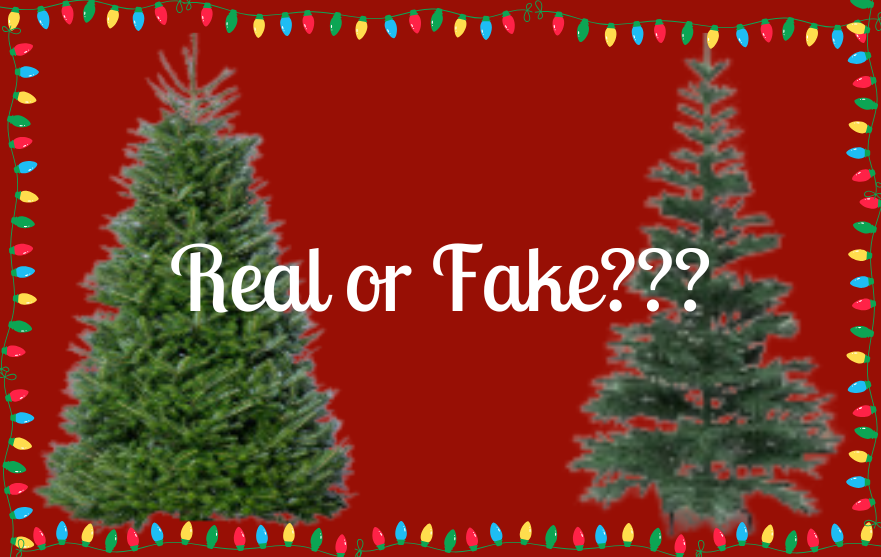In the greater Los Angeles (LA) and Orange County (OC) area, an ever-present subculture has been thriving since well before the 20th-century vintage culture. Built upon a love of vintage clothing, architecture, music and leisure, community members devote themselves to preserving the unique history and cultures of the past.
LA holds a unique role within the vintage world, even as vintage hubs are present in New York, London, Berlin, Tokyo, Paris, Ibiza, São Paulo, Amsterdam and just about everywhere else in the world. LA’s unique ethnic and historical influence from race riots to theme parks has shaped many of the distinctly present styles within the area.
How is LA’s vintage culture unique?
There is no cookie-cutter mold for vintage fashion, but LA certainly has some patterns within its community. Many members enjoy dressing in clothes from the 1920s through the 1990s, with a major focus on the 1940s and 50s. But what makes these periods so special for Southern Californians?
In the 1920s, Southern California (SoCal) became a center of arts and culture. The film industry began to take off in the 20s when stars like Douglas Fairbanks and Greta Garbo followed the sunny and consistent weather to the new home of film: Hollywood. During this same period, the emergence of the oil industry, namely in Huntington Beach, drove more and more people further South. This created a growing upper class and established a romanticized and published version of SoCal, memorializing the area. This romanticisation was often associated with freedom and possibility, often to the “moral detriment” of its residents. This spurred many religious groups and utopian communities to enter the region, thus creating an additional influx from the Midwest.
As LA entered the 30s and 40s, it experienced some of the most significant changes in its history. LA is notorious for having few to no old buildings; this is due in part to the devastating earthquake that decimated the area. The Long Beach earthquake of 1933 devastated much of OC, making the later 1930s in LA a period of reconstruction and poverty, especially as the Great Depression raged on.
By the 40s, LA had recovered and was back in swing. World War II provided new security, construction, and military jobs, many of which stemmed from the Navy. SoCal, having LA Harbor in addition to this, created a military-rooted community focused on service and industry. This also led to an increase in the number of immigrants, namely those who specialised in military construction for aircraft and ships, many of whom were African American. In addition, programs like the Bracero Program offered labor contracts to Mexican immigrants for short-term labor, namely in agriculture. Many of these Mexican immigrants were known for experimenting with their fashion style, most notably with the emergence of the zoot suit.
Zoot suits, known for their wide-legged, tight-cuffed and high-waisted suits that had emerged in the African American community in the 1920s. While icons like Cab Calloway wore them early on, they soon became symbols of the growing Mexican-American community known as Pachucos. Many local white laborers considered the immigrants stealing their jobs and disliked their presence. This led to many wearers of the suits being racially targeted, leading to a series of conflicts known as the Zoot Suit Riots.
Into the 50s and 60s, LA and OC continued to expand, developing even further into the cities seen today. In 1956, the Interstate Highway Act led to the development of a nationwide highway system that easily connected the people of the United States. This developed into the iconic Route 66 and the kitsch roadside attractions that remain iconic and memorable today. During the 1950s, the U.S. was riding on the economic success of WWII, thanks in part to increased military production and international trade, which pushed more and more growth toward the pre-existing military security industries of SoCal.
This period was further romanticised via the growing accessibility of TV. People could more easily view the cultural changes that rapidly spurred change throughout the nation, further developing the memorialization of the period. This slowly started to shift California from an agricultural hub, known for its sprawling orange groves and strawberry fields. By far, one of the most significant changes emerged in 1955, when the Happiest Celebration on Earth opened in Anaheim, California. Disneyland enabled OC to develop from a collection of fields and farms into an active tourist economy. This, mixed with the aesthetic of Disneyland, makes the theme park hold a very special place in many Californians’ hearts.
This brief overview of LA’s 20th-century development points us towards why Californians in the vintage community may choose to wear the styles and garments that they do. The 20s encapsulate the glitz and glam of old Hollywood, making it popular for dressing up in, often as a flapper, while the 30s see less attention, given the hardships and lack of garments left over from this period. The history of the 40s doesn’t just point people towards daywear and casual looks but also towards a growing number of aviation, navy, and generalized military recreation groups.
These groups, notably the SoCal Women’s Army Corps (WACS), are often non-profit organizations focused on instilling the role of women and soldiers within history, while honoring the legacy of veterans and the distinct stories they tell. The 50s fashion of this period is often interconnected with Disney and its characters, parks and stories, or even just fitting into its bright colored and creative but comforting atmosphere.
While this does not cover all of the significant events or styles present within LAs vintage culture, it gives us an idea of how these concepts have shaped this thriving community. Fashion serves to reflect not just personal identity but also the large economic, social, and cultural waves that shape periods of time and the lifestyles lived within them, hence why certain styles appear more prevalent within the vintage community. They reflect ways of life that are more nostalgic, romanticized, and generally viewed as more positive periods in LA’s history.
Why do people like to dress in vintage? What makes it so special for the people in the community?
The vintage community is a very diverse and welcoming one, with people often dressing in styles that reflect not just their taste but their cultural identity and the important memories that shape their lives usually draw them in. Even broader than this, these time periods’ music and leisure activities often make the culture overlap with jazz lovers, the dance community, as well as the sewing and craft community.
For others like Nari Ha, a vintage influencer, Vintage feels like a way of reclaiming her cultural and family history.
Ha said, “I’ve always been an old soul, I feel, it’s always been a part of my identity. My parents are older, born in the 50s, and I spent a lot of time with my grandparents, so I was always surrounded by ‘oldies.’ I think even deeper than this is my Korean heritage. Historically, we never really “got” to have a 30s, 40s, 50s, with occupation and rebuilding after the war. The country never really had the chance, so living it out glamorously and aesthetically is almost restorative and healing.”
Similarly to Ha, Maria Daisy Amado, who loves dressing in 40s style, said, “One of the dances I dressed as a Pachuco because I felt that we need a little more representation of Mexican culture at the Queen Mary. I wanted to take up a little space.”
While the vintage community strives to be an inclusive and diverse space, the domination of western styles within the U.S. has often decreased the appreciation of many styles related to specific ethnic groups. Growing diversity within the community has led to the revival of many of these groups and increased historical interest in their stories and cultural importance.
How can you get involved?
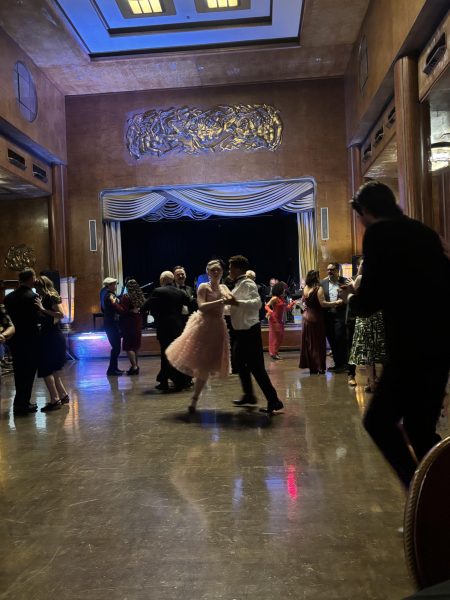
While vintage styles may seem a bit menacing, as they are often paired with specific hair, makeup, accessories and, more importantly, high costs, which may push people away. Even so, there are easy ways to make it possible on a limited budget to benefit you for years to come!
Miss Golden Lady, an icon of the community and winner of 2024’s Los Angeles Harbor Hop 2024 pinup contest, said, “Buy things you can build around that truly bring you joy each time you wear them and more importantly that are tailored well and will be an asset to your wardrobe for years to come. You will know in your heart when you’ve found them.”
Many people in the community often have specially tailored garments or purchase from high-end stores; looking out in the right places will do you just as well. Flea markets, thrift stores, estate sales or even just digging through your family member’s attics may help you find one-of-a-kind pieces that suit your style. Many choose to build their pieces from vintage patterns instead, making them tailored to their body, more adaptable and generally more personalized.
When trying to find events, finding people within the community on “Instagram” and looking at prior events they have attended is always a great starting place. Some notable events in LA and OC include the semi-annual “Dapper Day” Disneyland outing, where participants dress in full vintage and head to Disneyland. Alex Mendham and his orchestra’s residency at the Queen Mary and the annual Catalina Island Avalon Ball are incredible events that revive the recreational dance styles of the 20s to 40s in gorgeous historic venues.
Fundamentally, vintage fashion is a way of expressing yourself in the present through the past. The entire act of dressing in vintage is an experiment in self-expression, aimed toward preserving the past while pushing for philosophies of the future.



